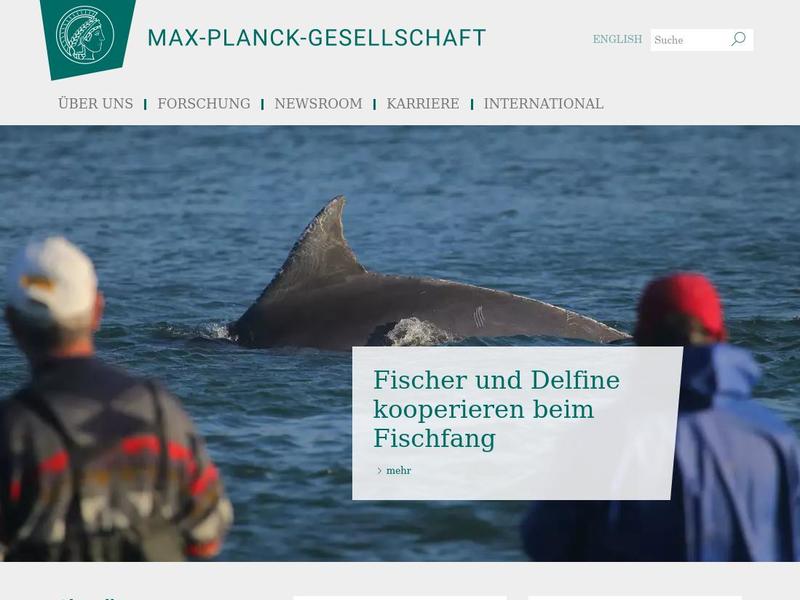Solar Orbiter: First images from the closest flyby | Max-Planck-Gesellschaft https://www.mpg.de/18671744/solar-orbiter-first-images-from-the-closest-flyby
New data from ESA’s Solar Orbiter spacecraft show the Sun’s outer hot atmosphere, the corona, in unprecedented detail. The images reveal high-resolution coronal loops as well as a curious structure surrounded by ray-like plasma flows and offer unique views of our star’s polar region. About a month and a half after the spacecraft passed the closest point in its orbit around the Sun, the teams of all ten science instruments today are releasing the first results and images from this phase of the mission. The images and movies highlight the probe’s special strength: the simultaneous view into different layers of our star. In the days around the flyby, the spacecraft witnessed several coronal mass ejections and solar flares in this way. The Max Planck Institute for Solar System Research (MPS) in Germany is involved in four of Solar Orbiter’s instruments as well as in the analysis of the data.
Joachim Woch explains The scientists are also taking

